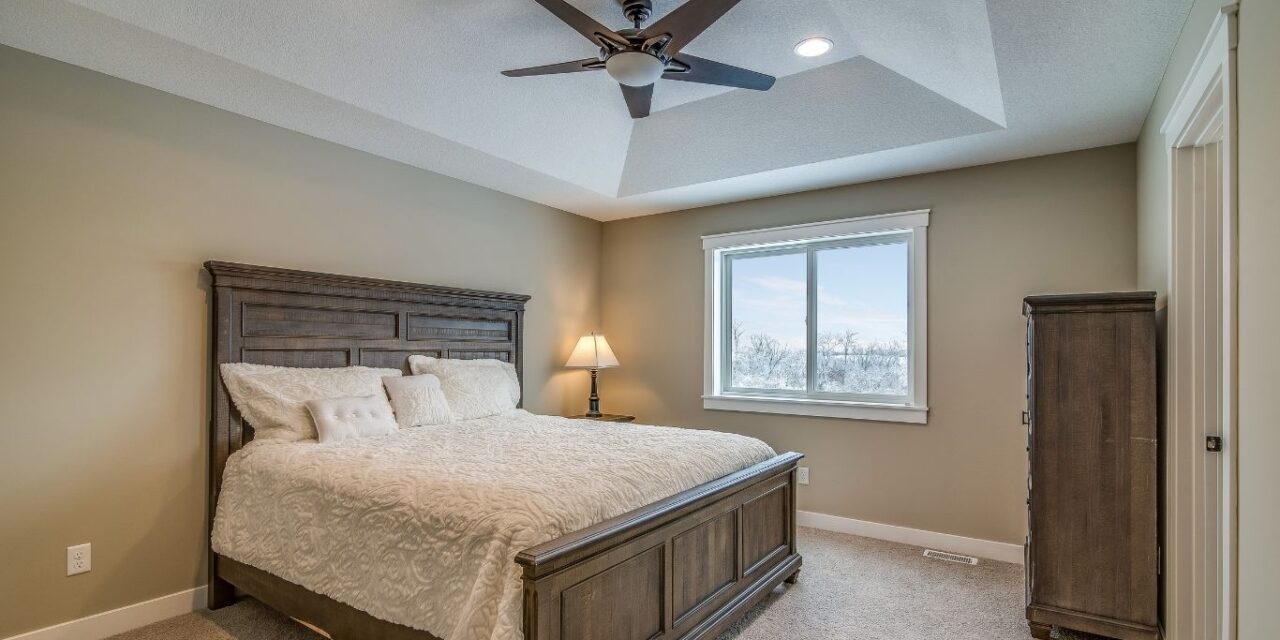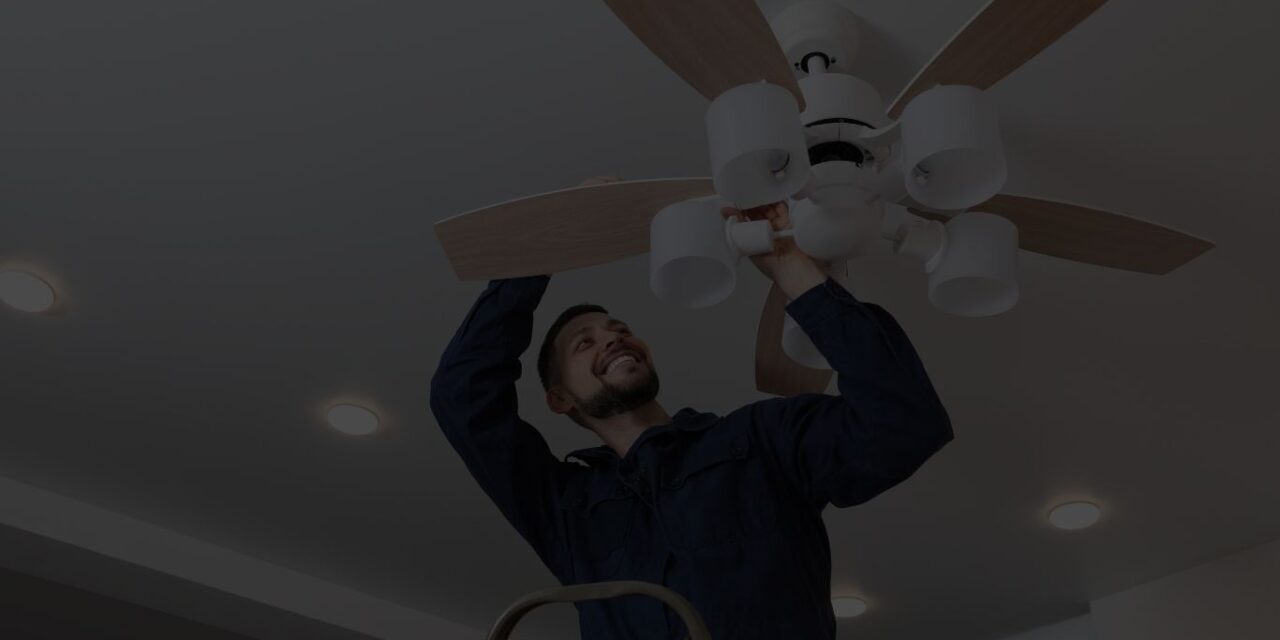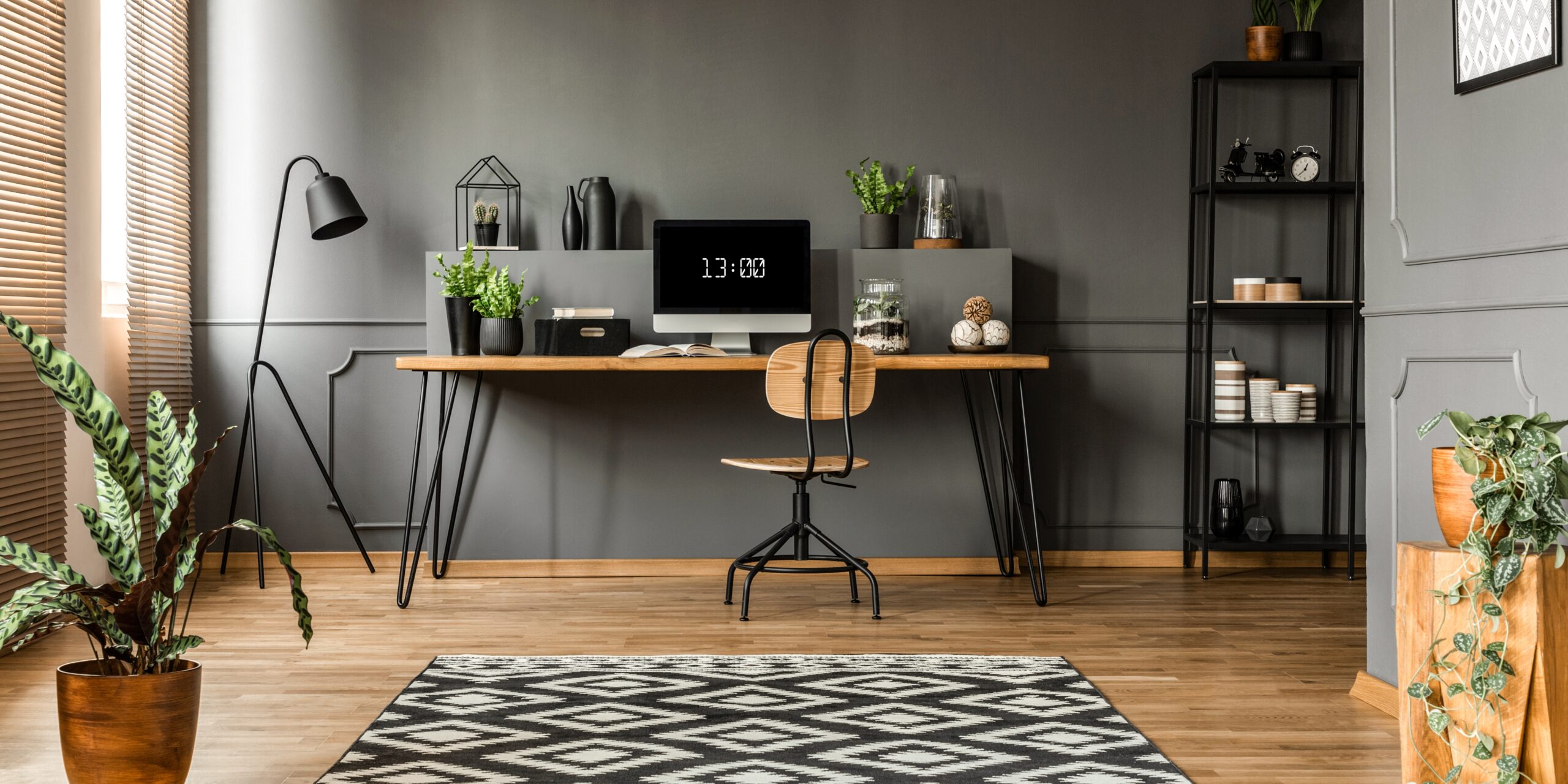Winter in Northeast Ohio can be brutal on lawns, trees, and outdoor spaces. The best way to protect your landscape before the snow flies is with a fall cleanup plan that focuses on lawn health, soil protection, and plant care.Below, we’ll walk through five expert-backed Cleveland landscaping tips that’ll keep your yard thriving through the...




